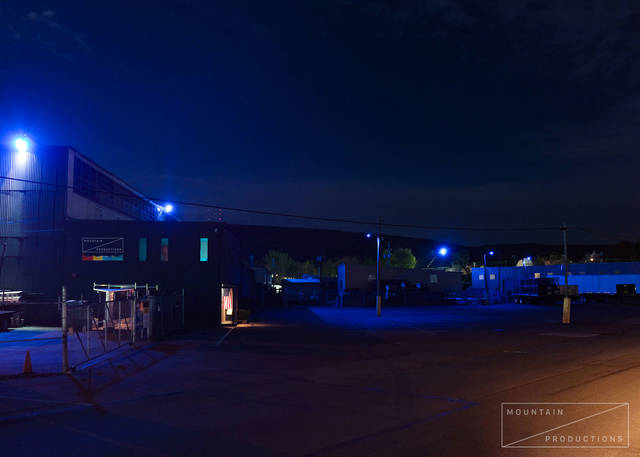Gerald Reisinger crossed over the manicured Wyoming Valley Levee behind the Kingston Recreation Center on Third Avenue and entered the untamed forest he won’t give up on.
“They’re sitting on a tremendous historical park,” the Kingston resident said, referring to area government officials.
Two decades ago, Kingston had completed a proposed plan to turn the woodsy swath along the Susquehanna River into a “one-of-a-kind” nature spot for the Wyoming Valley to be called Riverbend Park.
The park would have stretched from the Veterans Memorial (Pierce Street) Bridge to south of the Cross Valley Expressway and featured a center for school groups and wildlife sanctuary. Some Luzerne County officials had expressed interest in shepherding the plan to fruition, but it fell off the radar as administrations changed and funding for discretionary projects dried up.
Reisinger, 69, said a park with trails would honor and educate the public about the Native Americans who once lived, fished and made pottery from a clay beach in the stretch, saying his contacts in the Seneca Nation of Indians would help make the project a reality if local officials revive the plans.
But while he remains optimistic, Reisinger said the forest has turned into a jungle in recent years, with too many downed trees, pits and at least two camps that he says are occupied in warmer months by vagrants who are a safety threat to people walking and jogging atop the levee. One of the camps contains a burning barrel.
He is particularly upset about a large sinkhole that has been blocked off with safety netting. It was caused by a break in a pipe that releases combined sewage and stormwater during heavy rain to prevent untreated wastewater from backing up into structures and streets, officials said.
“It’s been this way for months, and it’s getting wider and deeper. Let’s get this corrected before it expands and does more destabilizing of the site here,” he said.
Kingston Administrator Paul Keating said the borough has received a bid of around $10,000 to repair the 24-inch pipe and fill in the hole.
The work will be completed in the spring when the ground hardens enough to allow heavy equipment at the site, he said. The pipe is at least 12 feet underground.
Keating stressed there’s no danger of a back-up before the repairs are completed because the system includes flap gates.
Wyoming Valley Sanitary Authority Executive Director James Tomaine said his authority examined the pipe with a camera and determined the rest was in good shape. The pipe and a nearby storm line were installed in the early 1960s, he said.
Clogged up
Reisinger paused on his recent forest visit when he spotted a dead carp.
Fish often get stuck in water that pools in the forest because ruts and overgrowth block the natural drainage, he said. The dead fish attract mosquitoes in the summer, he added.
He envisions a more cleared site like Nesbitt Park, with significant grassy turf and select hardy trees to keep the ground anchored.
“You don’t see rotting carp in Nesbitt Park,” he said. “We need landscaping to allow the water to flow through.”
Erosion at various spots in the forest also has attracted amateur archaeologists that Reisinger describes as grave robbers of Native American artifacts.
Christopher Belleman, executive director of the county Flood Protection Authority, which oversees the levee, said he would support outside efforts to remove litter or add trails.
However, making the stretch more of a meadow with the widespread removal of trees and brush is out of the question, Belleman said.
The naturally vegetated forest corridor provides a dense mat of intertwined roots that help reduce erosion and slow the water velocity during river flooding, Belleman said. Without this riparian forest, he says the levee would be exposed to a more direct blow from waves and floating objects that are now deflected.
“This area acts as a buffer zone that helps protect the earthen levee from possible damage during flood events on the river,” Belleman said, noting riparian areas also harbor reptiles, amphibians, mammals and birds. “To clean it all out would be an ecological disaster.”
A park with minimal disturbing of the wooded area may be permitted, Belleman said. The flood authority owns much of the land but does not have the funding or resources to take on a recreational project, he said. The authority is funded by a levee fee that must be spent on flood control.
“We’ll work with anyone, as long as our mission is not compromised,” said Belleman.
A former Wilkes University rowing instructor, Reisinger said he has long championed efforts to protect natural resources and enhance recreation. He and other Riverbend supporters have informally started a committee that will seek grants.
“If we had a trail, police could come in and patrol it. We want to clean up and respect this site — open it up to the community,” he said.








